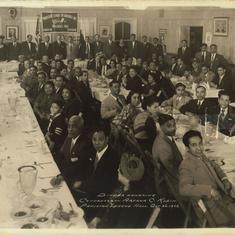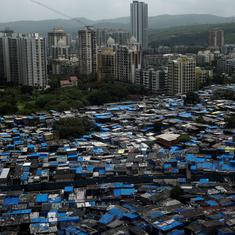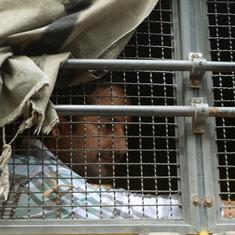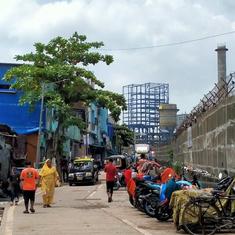The Big Story: Reviving credibility
After seven months of internal turmoil that saw the party split into three factions, the All India Anna Dravida Munnetra Kazhagam finally looks like it is getting over the crisis that emerged following the death of its leader Jayalalithaa in December.
On Monday, the two major factions led by Chief Minister Edappadi K Palaniswami and former Chief Minister O Panneerselvam merged, assuring the people of Tamil Nadu that they would now work to improve conditions in state. Implicit in this promise is a confession that governance had taken a backseat over the last few months as the ruling party navigated the chaos.
The factional war took an immense toll. Since October, the state has been functioning without elected local bodies, even in major cities like Chennai and Madurai. The February budget was insipid, with hardly any major announcements. The state’s debt burden has been consistently increasing and is estimated to cross Rs 2.52 lakh crore by the end of the financial year. Key sectors like education, health and infrastructure have taken a beating, with funds being diverted to populist schemes. While the AIADMK government in 2015, after a global investors meeting, claimed that industry had pledged a total investment of Rs 2.42 lakh crore, there has been no follow up on how much money has actually come into the system in the last two years. Surveys by the Department of Industrial Policy and Promotion since 2015 have indicated that Tamil Nadu’s position as a referred investment destination had been steadily falling. The party has also been hurt by corruption charges, with ministers being raided by the Income Tax department in April.
In addition, a perception has emerged over the last few months that the AIADMK government was playing second-fiddle to the Centre led by the Bharatiya Janata Party and has given up on asserting key federal rights, of which the state has been a beacon for the last 50 years. The ruling party had nothing substantial to say when demonetisation crippled everyday life in November. The state government refused to condemn the ban on slaughter in cattle markets the Union government pushed in June. Former Union Urban Development Minister Venkaiah Naidu even went into the State secretariat in May and reviewed progress of key schemes, an unprecedented move in a state that values its federal autonomy. AIADMK ministers even started participating in Rashtriya Swayamsevak Sangh’s events, something that was impossible during Jayalalithaa’s time. Even on Monday, it was clear that an RSS idealogue was involved in facilitating the merger of the two factions, with ministers meeting the Sangh member before the formal announcement was made.
The Opposition Dravida Munnetra Kazhagam has consistently accused the various factions in the AIADMK of acting like puppets in the hands of the BJP. To revive its lost credibility, the Tamil Nadu government has to ensure that it does not cede any more ground to the Centre.
The Big Scroll
- Panneerselvam and Palaniswami have merged their factions. But will the AIADMK government survive?
- What explains AIADMK ministers inaugurating RSS events in Tamil Nadu?
Punditry
- In the Indian Express, DS Hooda writes on how India’s future global status would be determined by how it fares in its competition with China.
- Brahma Chellany in the Hindustan Times says by withholding hydrology data since May, China is waging a water war against India.
- In the Mint, Rahul Tongia says a comprehensive energy policy should not be top down and should be a assimilation of smaller policies.
Giggles
#AIADMKMerger #AIADMK My #cartoon for the @firstposthttps://t.co/AyGcXD8v93 pic.twitter.com/2oNWTxGIr9
— MANJUL (@MANJULtoons) August 21, 2017
Don’t miss
TA Ameerudheen on how a new port in Kerala has sparked fears of sea erosion.
“The residents of Valiyathura and nearby villages say this process of erosion has accelerated after construction of a deep-water multipurpose sea port began at Vizhinjam, 15 km away. The first step of the port construction is the building of breakwaters, which are barriers constructed in the middle of the sea to tame the waves and ensure tranquil waters. Of the 3.5 km-long breakwaters required for the port, the construction of a 537-metre structure has been completed.”










